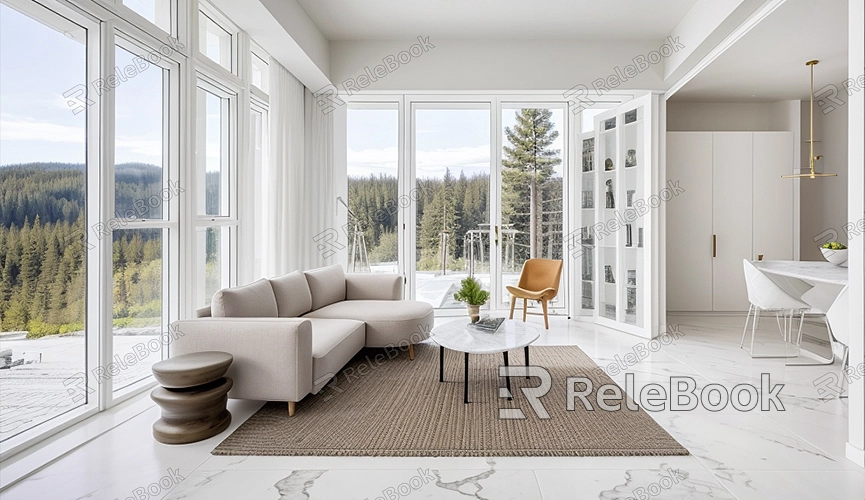How high is to high blender render samples
When using Blender for 3D rendering, the Render Samples parameter plays a critical role. It determines the quality of your final image and the time it takes to render. Higher sample counts result in better image quality but also increase rendering time. So, how many Render Samples are appropriate? This article provides detailed insights.
Role of Render Samples
Render Samples refer to the number of times each pixel is sampled during rendering. More samples reduce noise and enhance quality, but they also increase rendering time. Balancing quality and rendering time is crucial for optimizing workflow.

Choosing Samples for Different Scenarios
1. Simple Scenes:
For basic scenes with simple geometry and lighting conditions, a lower sample count is often sufficient. Typically, 50 to 100 samples can produce clear images.
2. Medium Complexity Scenes:
Scenes with moderate complexity, such as multiple light sources and complex materials, benefit from sample counts ranging from 200 to 500. This reduces noise significantly while maintaining reasonable render times.
3. High Complexity Scenes:
Highly complex scenes with intricate reflections, refractions, and fine details require higher sample counts. Usually, 1000 to 3000 samples ensure professional-level image quality, though this substantially increases rendering time.
Determining the Right Sample Count
1. Incremental Testing:
Start with a lower sample count for initial test renders and assess image quality. Gradually increase samples until noise levels are acceptable.
2. Utilizing Denoising:
Blender's built-in denoiser can enhance image quality even with lower sample counts. Enabling denoising allows satisfactory results at lower samples.
3. Batch Render Testing:
For larger projects, conduct batch render tests with different sample counts to compare render times and image quality, optimizing sample settings accordingly.
Practical Example
In a practical scenario, consider rendering a complex indoor scene with multiple light sources, reflective materials, and intricate details. Start with 500 samples for test rendering. If noise is noticeable, incrementally increase to 1000 or higher while using Blender's denoiser for noise reduction.
This approach ensures high image quality while minimizing rendering time as much as possible.
Setting render samples in Blender involves a balance of quality and time. Tailoring sample counts based on scene complexity and requirements can significantly enhance workflow efficiency. For high-quality 3D textures, HDRI, or 3D model downloads, consider using Relebook to enrich your modeling and virtual scenes. This guide aims to help you better understand and optimize Blender's render sample settings, improving your productivity and image quality.

